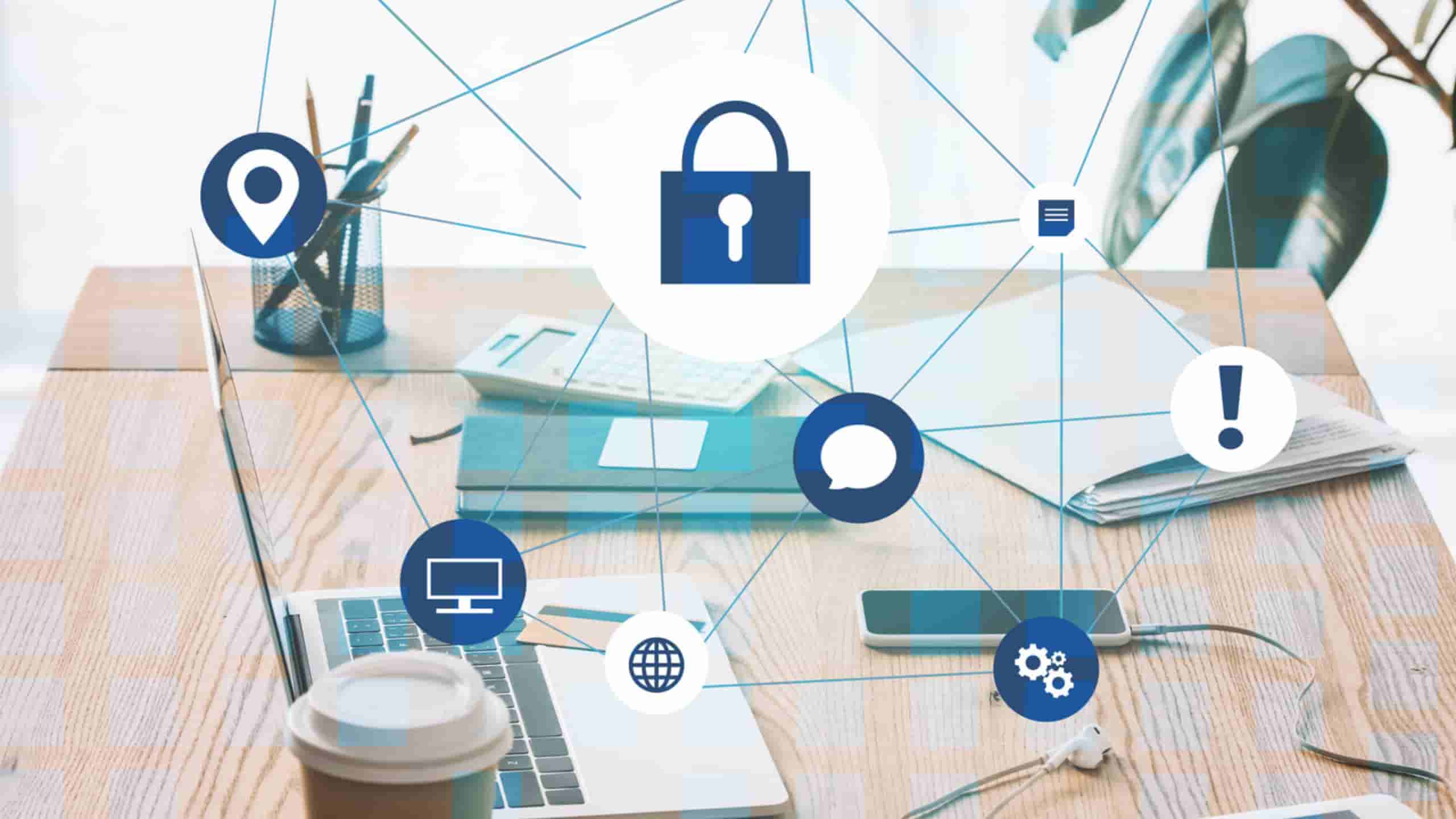

Level 2 technicians handle more complex technical problems that cannot be resolved at the first level. They may require deeper understanding of specific software applications or hardware configurations in order to diagnose and troubleshoot issues effectively. Level 2 support technicians often work closely with Level 3 specialists to escalate unresolved problems or provide detailed information for further analysis. At the highest level, Level 3 IT support consists of senior-level engineers or specialists who have extensive experience and expertise in a particular area of technology. These professionals are responsible for resolving highly complex technical issues that require advanced troubleshooting techniques or specialized knowledge. Level 3 technicians may be involved in developing customized solutions, conducting in-depth system analyses, or implementing new technologies to improve overall system performance.
By understanding the differences between each level of support, organizations can better align resources based on the complexity of issues being addressed and ultimately enhance the efficiency and effectiveness of their IT support services. What is the best approach to outsourcing IT support services? Outsourcing IT support services can be a smart decision for businesses looking to improve efficiency, cut costs, and access specialized expertise. However, choosing the right approach is crucial to ensure that the outsourcing process goes smoothly and delivers the desired results. One of the first steps in determining the best approach to outsourcing IT support services is to clearly define your business goals and requirements.
By having a clear understanding of your needs, you can better assess potential service providers and determine which ones are best suited to meet your requirements. Another important consideration when outsourcing IT support services is selecting the right service provider. It's essential to do thorough research on potential vendors, evaluate their experience and expertise, and check references from other clients. Look for service providers that have a proven track record of delivering high-quality IT support services and have experience working with businesses similar to yours. When it comes to deciding on the scope of outsourced IT support services, it's important to strike a balance between cost savings and quality.
While cost is certainly an important factor in outsourcing decisions, focusing solely on finding the cheapest option can lead to subpar service and ultimately end up costing more in the long run. Instead, prioritize finding a provider that offers competitive pricing while also delivering high-quality support services. Communication is key when outsourcing IT support services. Establishing clear lines of communication with your chosen service provider from the outset can help prevent misunderstandings and ensure that expectations are aligned. Regularly scheduled check-ins and updates can also help keep everyone on the same page throughout the outsourcing process.
Regularly review performance metrics, solicit feedback from employees who interact with the outsourced team, and make adjustments as needed to ensure that you're getting maximum value from your outsourcing arrangement. By following these tips for approaching outsourcing IT support services thoughtfully and strategically, businesses can maximize their chances of success while reaping the benefits of improved efficiency, cost savings, and access to specialized expertise. What is the future of AI in IT support? Artificial Intelligence (AI) has been making significant strides in the field of IT support, and its future looks promising.
One of the key advantages of AI in IT support is its ability to automate repetitive tasks and processes. This allows IT professionals to focus on more complex problems that require human intervention. AI-powered chatbots can also provide immediate assistance to users, reducing response times and improving customer satisfaction. In addition, AI algorithms are constantly learning from data and interactions with users, which enables them to improve their problem-solving capabilities over time.
This means that the quality of IT support provided by AI systems will continue to increase as they gather more data and learn from their experiences. Furthermore, AI can help predict potential technical issues before they occur through predictive analytics. By analyzing historical data and patterns, AI systems can identify trends that may lead to system failures or downtime. This proactive approach can help prevent costly disruptions and minimize downtime for businesses. Overall, the future of AI in IT support is bright.
With their ability to automate tasks, provide instant assistance, learn from data, and predict potential issues, AI-powered IT support systems will play an increasingly important role in helping businesses maintain smooth operations and deliver excellent customer service. What are common challenges faced by IT support teams? IT support teams play a crucial role in ensuring the smooth functioning of an organization's technology infrastructure. However, they often face a myriad of challenges that can impact their ability to effectively support users and maintain systems.
From troubleshooting hardware and software issues to setting up new equipment for employees, IT support teams are often inundated with tickets that need to be addressed promptly. This high workload can lead to delays in response times and resolution, causing frustration among users who rely on IT for their day-to-day operations. Another challenge is the ever-evolving nature of technology itself. With new software updates, security threats, and hardware advancements being released regularly, IT support teams must constantly stay abreast of these changes to ensure they are equipped to handle any issues that may arise.

This requires ongoing training and professional development, which can be time-consuming and costly for organizations. Additionally, communication can be a significant hurdle for IT support teams. Ensuring clear and effective communication with users who may not have a technical background can be challenging, leading to misunderstandings or misinterpretations that can further complicate the issue at hand. Furthermore, coordinating with other departments within the organization to address larger system-wide problems or implement new solutions can also present challenges. Lastly, resource constraints can pose a major obstacle for IT support teams.
This lack of resources can lead to burnout among team members and ultimately impact their overall performance. In conclusion, IT support teams face numerous challenges in their day-to-day operations that require them to be resilient, adaptable, and collaborative in order to overcome obstacles and provide quality service to users. By addressing these challenges head-on through effective communication, ongoing training, and adequate resource allocation, organizations can empower their IT support teams to thrive in an increasingly complex technological landscape. How to troubleshoot common IT issues in the workplaceTroubleshooting common IT issues in the workplace can be a frustrating and time-consuming task, but with the right approach, you can quickly identify and resolve these problems without too much hassle.
The first step in troubleshooting an IT issue is to identify the root cause of the problem. Take note of any error messages or unusual behavior that could provide clues as to what might be going wrong. It's also helpful to check if other users are experiencing similar problems, as this could indicate a larger issue affecting multiple systems. Once you have identified the possible cause of the problem, try some basic troubleshooting steps to see if you can resolve it on your own.
This could include restarting the affected device, checking for software updates, or reinstalling drivers or applications. In many cases, simply rebooting a computer or device can fix minor issues and get things back up and running smoothly. If basic troubleshooting steps don't solve the problem, it may be necessary to seek help from your IT department or an external support provider. Provide them with as much information as possible about the issue you're experiencing, including any error messages or steps you've already taken to try and resolve it.
In some cases, IT issues in the workplace may require more extensive repairs or upgrades to fully resolve. If this is the case, work closely with your IT team to come up with a plan for addressing the problem and minimizing disruption to your workday. They may need to schedule downtime for maintenance or order replacement parts for faulty hardware.

Overall, troubleshooting common IT issues in the workplace requires patience, attention to detail, and effective communication with your IT support team. By following these steps and staying proactive about resolving problems as they arise, you can minimize downtime and ensure that your technology remains reliable and efficient for all employees. How to set up a helpdesk system for efficient IT supportSetting up a helpdesk system for efficient IT support is crucial in today's fast-paced business environment. A well-designed helpdesk system can streamline the process of resolving technical issues, improve customer satisfaction, and increase productivity within your organization. To start setting up a helpdesk system, you need to first identify the specific needs and requirements of your organization.
Once you have a clear understanding of your organization's needs, it's time to choose a helpdesk software solution that aligns with those requirements. There are many options available in the market, ranging from simple ticketing systems to more advanced tools that offer features such as knowledge base integration and automated workflows. After selecting a helpdesk software solution, it's important to configure the system according to your organization's preferences. This includes setting up custom fields for capturing relevant information about support requests, creating categories for organizing tickets based on their urgency or complexity, and defining service level agreements (SLAs) to ensure timely resolution of issues.
This includes defining roles and responsibilities within your IT support team, establishing escalation paths for unresolved issues, and implementing a feedback mechanism to gather insights from users on the quality of support they receive. Finally, ongoing monitoring and optimization are key aspects of maintaining an efficient helpdesk system. Regularly reviewing performance metrics such as response times, resolution rates, and customer satisfaction scores can help identify areas for improvement and drive continuous enhancements to your IT support operations. By following these steps and investing in a well-designed helpdesk system, you can create an efficient IT support infrastructure that not only meets the needs of your organization but also enhances user experience and drives overall business success.
A well-organized and comprehensive knowledge base can not only streamline the support process but also improve customer satisfaction and overall efficiency. To start building a successful knowledge base, it is important to first identify the most common issues faced by users. This could include hardware or software problems, network connectivity issues, or any other technical difficulties that may arise. By understanding these pain points, you can tailor your knowledge base to address these specific issues effectively.
Next, it is essential to organize the information in a clear and user-friendly manner. This includes categorizing articles based on topic or difficulty level, providing step-by-step instructions with screenshots or videos if necessary, and ensuring that all content is up-to-date and relevant. Users should be able to easily navigate through the knowledge base and find solutions to their problems quickly. In addition to written documentation, incorporating interactive elements such as forums or chatbots can further enhance the user experience. These tools allow users to ask questions in real-time and receive immediate assistance from support staff or other community members.
Regularly updating and maintaining the knowledge base is also key to its success. As technology evolves and new issues arise, it is important to keep the content current and accurate. This may involve regularly reviewing existing articles, adding new ones as needed, and seeking feedback from users on how to improve the knowledge base further. Overall, creating an effective knowledge base for IT support solutions requires careful planning, organization, and ongoing maintenance.

Provide details about the issue, including error messages, what you were doing when the problem occurred, any troubleshooting steps you have taken, and your contact information.
Two-factor authentication (2FA) adds an extra layer of security by requiring two forms of verification, such as a password and a code sent to your phone.
Remote IT support allows technicians to access and fix your computer or network issues from a different location via the internet.